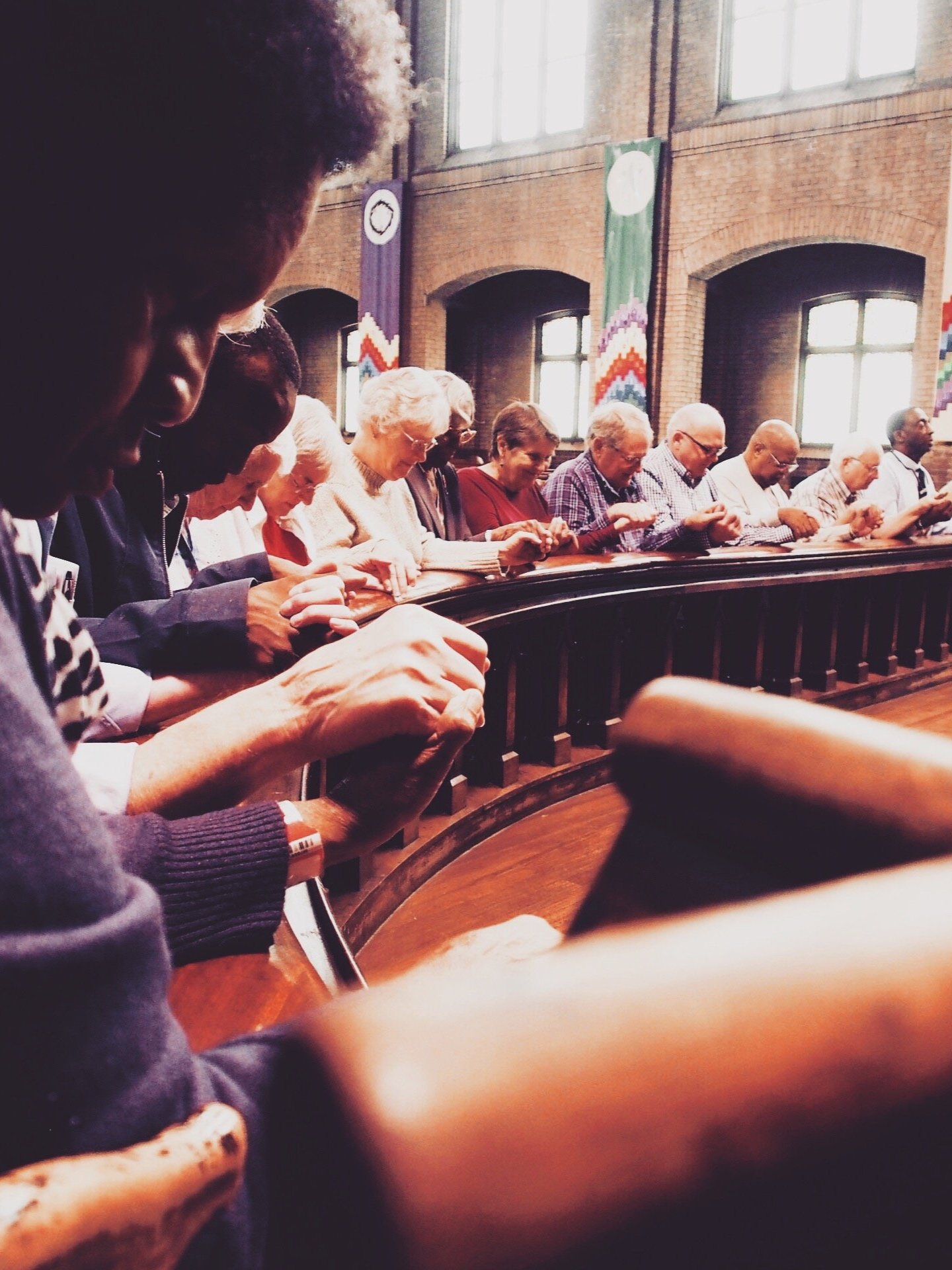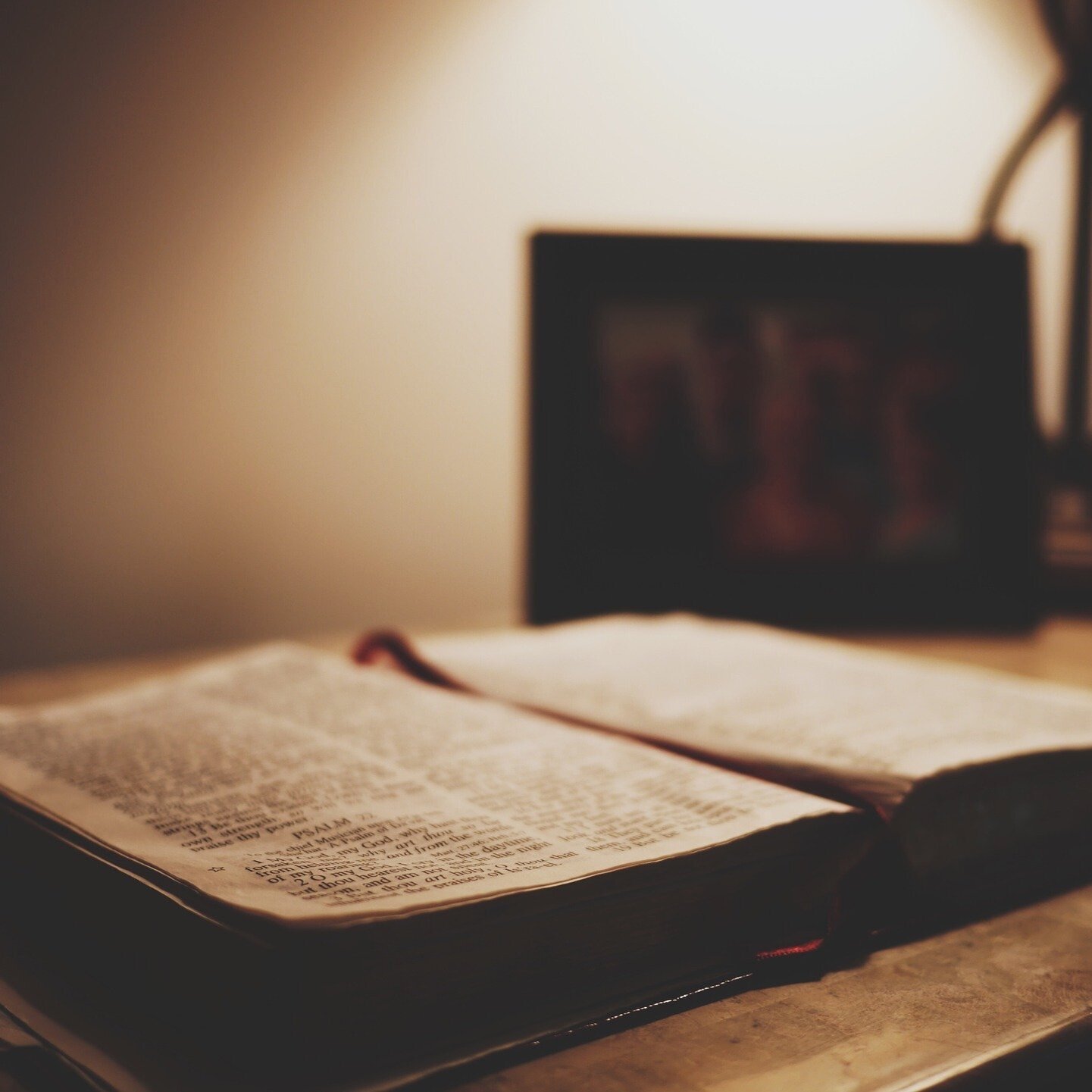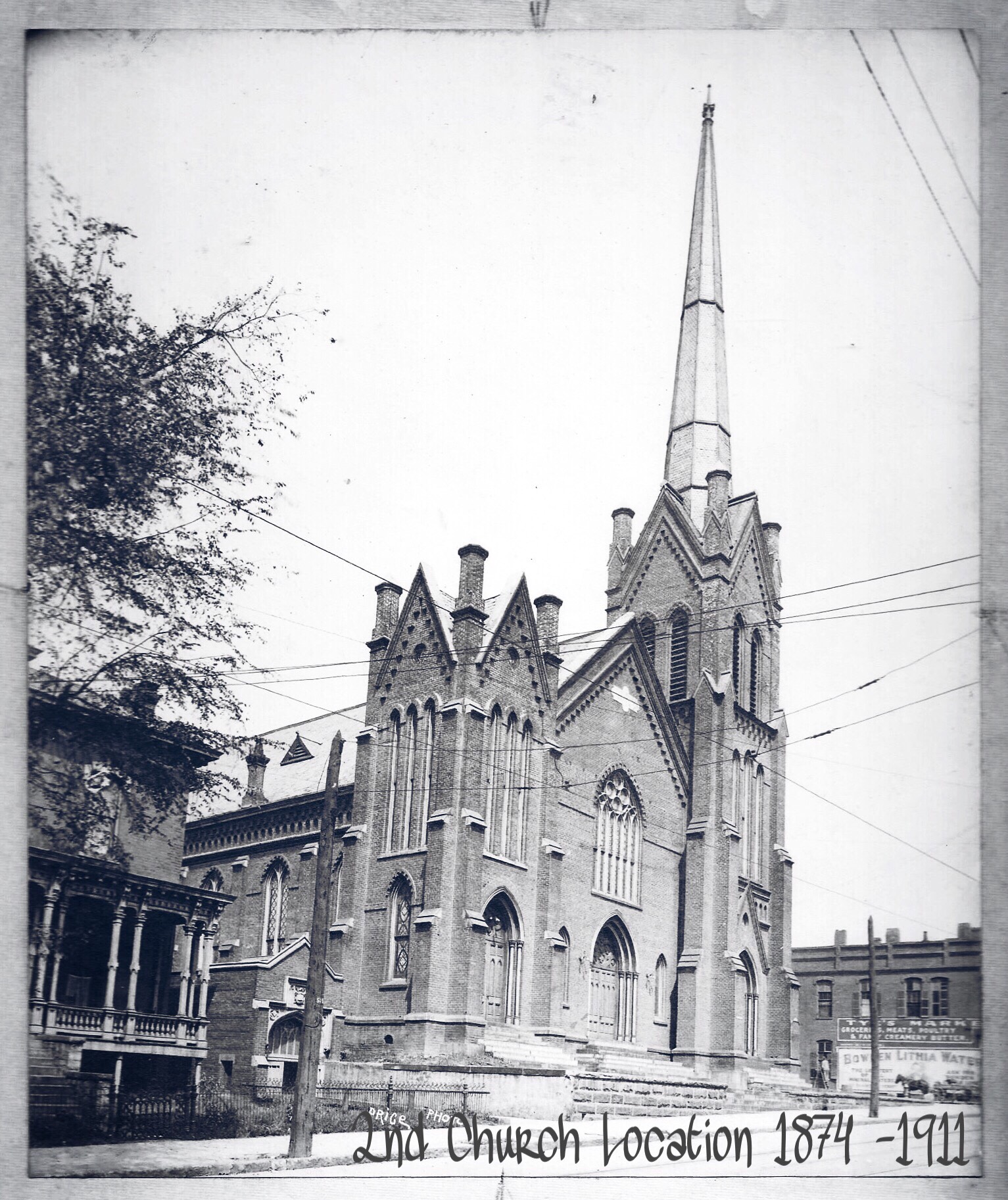
Welcome
We are so glad you are here. Trinity is an inclusive, progressive community that tries to love God and neighbor. Sometimes we’re really good at it. Sometimes we’re not. But being faithful is messy and never easy.
If you want to join a group of folks who are real about the challenges, the messiness, and the beauty of following Jesus, come see us. We would love to get to know you. There’s a place here for everyone!
Ongoing Events
Sunday School
Tues. @11:30am via zoom
Our Sunday school class is studying The Book of Joy with the Dalai Lama & Desmond Tutu. If you would like to attend, please send us an email and we will send you the zoom link as well as where you can get the book.
Bible Study
Friday @12:30pm via zoom
If you would like to participate in our weekly bible study, please reach out to Pastor Deborah. She can send you a Zoom link so that you can participate. Currently we are studying the book of Hebrews. We’d love to have you!
Staff and leaders
Reverend Deborah Williams Haag
Deborah grew up in Marietta, Georgia. Her father is an elder in the United Methodist Church and her mother served as the director of Must Ministries in Smyrna, Georgia. After graduating from Candler School of Theology she moved into full-time ministry. Deborah has worked for the United Methodist Church for over 16 years as a youth minister and pastor. Her heart is found in seeing Christ in others and building relationships.
She is married to Jaye and has a son and stepson. While being in ministry and chasing after a 6 year old keeps her pretty busy she is thrilled to serve with the people of Trinity UMC.
Bruce Wynn - minister of music
Trinity United Methodist Church History
Origins
At its founding in 1853 Trinity was part of The Methodist Episcopal Church, South. In 1939 The Methodist Episcopal Church, The Methodist Episcopal Church, South, and The Methodist Protestant Church united to form The Methodist Church. In 1968, The Methodist Church and The Evangelical United Brethren Church united to form The United Methodist Church.
Through the efforts of Wesley Chapel, now First United Methodist Church (360 Peachtree St. NE, Atlanta), Trinity Methodist Church began in the home of Martha and Greene B. Haygood, on McDonough Street, now Capitol Avenue. A year later, in 1854, the church moved into a new building--the first brick church in Atlanta--built on Mitchell Street on the site where the Department of Transportation stands today, immediately south of the present Georgia State Capitol. Wesley Chapel and Trinity shared pastors until 1856. Methodism was less than 100 years old, and Atlanta's population was about 6,000.
CIVIL WAR
During the Civil War, in July 1864, as Union General William Tecumseh Sherman's army approached the city, Trinity Methodist Church was closed and the Reverend Atticus G. Haygood and his family fled the city. Son of Martha and Greene Haygood, and later a Methodist bishop and president of Emory University (1875-84), Atticus Haygood was a missionary in Confederate General Joseph E. Johnston's army. During August 1864, he held services twice each Sunday. As the city was evacuated in September, furniture from refugees' homes was stored in the church. Through the intervention of Father Thomas O'Reilly, pastor of Immaculate Conception Catholic Church (48 Martin Luther King Drive SW, Atlanta), General Sherman spared four churches, including Trinity.
Trinity's Second Sanctuary
In 1874, the church moved to a larger, more impressive building on the corner of Whitehall and Peters Streets (which is now Trinity Avenue). The church remained at that site until 1911, when they built the present structure on the southwest corner of Washington Street and Trinity Avenue.
Trinity's Third and Current Sanctuary
The only ornamentation on this Gothic structure, designed by Walter T. Downing, a prominent architect of the day, is a lofty tower projecting from the northwest corner of the building. The "triumph of the whole construction," according to The Atlanta Journal (October 27, 1912), are its stained glass windows, made of opaque glass. The north windows depict themes from the Old Testament; the south windows show themes from the New Testament. The center windows on the east side of the church contain symbols of the Christian Trinity; windows on either side show figures representing the formation of the church (the Apostle Paul and St. John Chrysostom on the left, Martin Luther and John Wesley on the right). The elaborately carved chancel and pews, which originally came from Germany, came from the Whitehall Street building.
Mission Work
Trinity is credited with planting the seeds for five Methodist churches in the Atlanta area: in 1871 St. Paul (originally on Fair St.) and Evans Chapel on Stonewall St. (which became Walker Street Church), in 1878 Asbury on Davis St., in 1879-81 Pierce Chapel (which became St. John's at Georgia Ave. and Pryor St.), and in 1882-85 Park Street in West End. In the 1880s and 1890s, Trinity sent at least five missionaries overseas and was active in Home Missions. The Methodist "Epworth League," predecessor of the "Wesley Fellowship," had its start in 1889 in Trinity's "Young People's Christian League." During World War I, Trinity supported two Red Cross units. On the Trinity church's 75th anniversary in 1929, The Atlanta Journal wrote the following words of tribute to the church:
. . . with the rising fortunes of the new Atlanta came an even profounder test. Prosperity flowed, and pride set high in the hearts of men [and women]. But Trinity held true to its olden ideal. "Whosoever will be chief among you, let him [or her] be your servant."
During the 1930s, Trinity operated a soup kitchen, staffed chiefly by the women of the church, serving the city at a time when people stood in long food lines all across this country.
In the 1950s, the building of freeways displaced residential housing on Capitol Avenue, Washington Street, and surrounding neighborhoods. Responding to changes in its environs, which now consists of government offices and public housing, Trinity sought to minister to the growing homeless population in Atlanta. In the 1960s, this ministry focused on the needs of the Capitol Homes community and others in the downtown area. During the 1970s, 1980s, and on into the 1990s, Trinity continued programs designed to meet the needs of the inner-city:
• a soup kitchen serving 300 homeless people Sunday afternoons,
• a night shelter housing 30 men developed into a program helping men break the cycles of substance abuse, unemployment, homelessness, and poverty,
• a transitional house for homeless men, and
• a Wednesday noon worship service and lunch for downtown workers, shoppers, tourists.
In the 1990s, Trinity expanded its ministries to respond to the needs of HIV/AIDS victims.
Trinity United Methodist Church, strives to be open to diverse expressions of Christian faith, to welcome persons from all religious, racial, and ethnic backgrounds, social and economic stations, and sexual orientations into the life of the congregation, and to offer its ministries to anyone in need.

Trinity Women’s Center
Trinity Women’s Center (TWC) has been a resource for women and children experiencing homelessness in Atlanta since the 90’s. The program has been managed by Gateway Center since July 2021.
Trinity Women’s Center provides low barrier short-term residential (shelter) for women and children experiencing homelessness. Often, it takes several weeks to find appropriate housing, obtain employment, and ensure security deposits are paid for these women and their children. TWC provides wraparound supportive services that include care coordination, intensive case management, behavioral health and substance abuse support, and housing navigation services.
The TWC program has capacity to serve up to 24 people weekly or 5 households at one time. By linking women and families experiencing homelessness with emergency housing (shelter), intensive case management, coordinated entry assessments, and housing placement assistance, Trinity Women’s Center assists them in obtaining housing, improving their overall well-being, and ultimately in becoming self –sufficient in managing their families and sustaining their housing placements. The ultimate goal for the guests enrolled in this program is to move into a home they will maintain, breaking the cycle of poverty and homelessness for their families.
You can learn more here…
The Austin Organ
Austin Organ Co., Opus 362, 1914, III/43
The oldest pipe organ remaining in the city of Atlanta, an Austin Organ, was built in 1912 for $12,000, and was installed in Trinity Methodist Church’s new sanctuary. It was the original idea of Trinity’s organist, Charles Sheldon, Jr. The Atlanta Journal in October 7, 1912 described it as such:
In the “great organ” there are seven stops and seven couplers, containing 427 pipes. The “small organ” has thirteen stops and two couplers, containing 1,010 pipes: also a tremulant. The “orchestral organ” has eleven stops and five couplers, containing 728 pipes, and a tremulant is attached to these, the original idea of Charles Sheldon, Jr., and a wonderful effect is produced.
The “echo organ” is placed in an ideal chamber built in the back of the auditorium of latticed brick. It is operated from either keyboard of the main organ, and contains five stops and 305 pipes, besides the cathedral chimes of twenty bells.
The “pedal organ” has nine stops and four couplers. Here is the tremendous thundering “Resultant Bass” a 32-foot stop, which is a contrast to the ½ inch piccolo in the swell. So we find in the entire organ 3,844 pipes, giving various strains and combinations of harmony.
Under the direct supervision of Mr. Sheldon the organ has been installed. He drew up the scheme and specifications for the instrument and went to the factory to explain his ideas.
The action of the organ is electro pneumatic throughout with a 5-horsepower motor and an air cheat which provides a 6-inch pressure to each pipe under all conditions. A rare feature of the organ is the harp effect.
In the keeping with the organ’s generous size of 43 ranks, it possesses a large façade of 31 non-speaking pipes, all of which are about 22 feet in length and 9 to 10 inches in scale and finished in Oriental bronze to complement the brick façade and interior of the church. Above and behind the full length pipes, 32 canisters or “cans” as they are affectionately known, complete the illusion of additional pipes.
In the fellowship hall located behind the sanctuary reside 28 shorter and smaller scale non-speaking pipes. An unusual feature of the organ allows only the Swell division (controlled by remotely placed, two manual “slave console”) to speak into the fellowship hall; a second, three-manual console is located in the assembly hall behind the sanctuary. Additionally, this unique instrument, voiced under the influences of Robert Hope-Jones is orchestral in nature; the only one of its kind in Atlanta.
Also of note:
· Five of its forty-three ranks of pipes came from the old Whitehall St. church.
· Edwin H. Lamare of Chattanooga, TN (municipal organist at Soldiers and Sailers Memorial Auditorium) was the consultant for the new organ contact (1911-1912).
· Tonal design influenced by Robert Hope Jones during his tenure at Austin Organ Company
On Monday, November 19, at 8pm, Charles A. Sheldon Jr., gave the inaugural recital on Trinity’s new organ. He was assisted by the regular choir of the church. No admission was charged, but a free-will offering was taken to help the ministers of the North Georgia conference.
The program was as follows:
Suite for organ (a) Prologue; (b) March (c) Intermezzo; (d) Toccata-Rogers
Spring Song – Mendelssohn
“Art Thou Weary, Art Thou Languide?” Sheldon – Trinity Choir
In 1995, the current three-manual console in the sanctuary was rebuilt to accommodate a solid-state memory system by A.E. Schlueter Pipe Organ Sales and Service of Lthonia, Georgia.
In 2009, restorative work was done by Michael Proscia Organbuilder, Inc., in Bowdon, Georgia. The following description details the work done.
96 years of atmospheric and seasonal climate changes, expansion and contraction of the natural wood bracing material began to take its toll in the sanctuary façade. Scallop boards and their supports began separating from the masonry, allowing the large façade pipes to pull away from the wall into the organ. Upon seeing this horrifying sight and to prevent a potential disaster from occurring, the curator of the organ, Mr. Kevin Cartwright, immediately set about assembling a team of volunteers to remove to a safe place (a large balcony at the rear of the church) all 31 of the façade pipes plus the 32 “cans.” Unfortunately, however, while resting on the sanctuary floor, waiting placement in the balcony, ten pipes sustained severe damage when several unknowing little feet trampled upon them.
While removing the fellowship hall façade pipes, we uncovered protection sections of pipes that had retained their original finish. Restoring the original color was a particular concern to the Board of Trustees. We were pleased to have made the discovery.
Part one of the projects involved installing steel I-beams rails and 90 degree plates firmly bolted and cemented into the masonry to support the strengthened scallop boards of the sanctuary façade prior to installation of the pipes and cans. Part two involved stripping, cleaning and repairing or replacing the pipework prior to applications of color coats and sealer, restoring them to their original finish. The work was completed in March of 2009.
Reconciling Congregation since 1996
On Sunday, February 11, 1996, Trinity members present at a called church conference adopted the following statement, officially adding Trinity’s name to the list of individuals, churches, conferences and agencies who support “opening the doors” of the UMC to homosexual men and women:
We the congregation of Trinity United Methodist Church in Atlanta, GA, welcome into our fellowship all persons, regardless of their religious, racial, or ethnic background, social or economic station, or sexual orientation. Therefore, we affirm that the reconciliation offered for all creation through Jesus Christ is thereby offered to all, including lesbian, gay, bisexual and transgendered persons. This reconciliation is not based on any condition except the desire to acknowledge Christ as redeemer and to live as life which demonstrates God’s love for all the world. We recognize that God challenges us all to find responsible, committed, and loving forms of relating to one another. We commit ourselves to ongoing prayer, study, and conversation about what this challenge means for all our life and ministry together.
We affirm with the larger United Methodist Church that homosexual persons no less than heterosexual persons are individuals of sacred worth. We accordingly propose that Trinity UMC become an official Reconciling Congregation. We invite other United Methodist congregations to join us in this stand, that those who before have felt abandoned by the church will now feel welcomed into the fellowship of believers.
To acknowledge the diversity of theological interpretation in the United Methodist Church on this matter, we furthermore ask the General Conference to remove the words from the Discipline (par. 402.2) that state the practice of homosexuality is incompatible with Christian teaching and that deny ordination to self-avowed, practicing homosexual persons.
Come join us at Trinity tAble!
Volunteer
—
Donate












